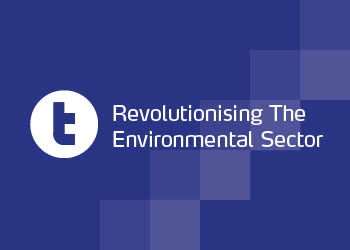Researchers at Belgium’s KU Leuven’s Centre for Surface Chemistry and Catalysis have converted sawdust into the building blocks for petrol.
Using a new chemical process, they were able to convert the cellulose in sawdust in hydrocarbon chains that could be used as an additive in petrol or as a component in plastics.
Secondary Commodity Markets 2015 – the conference for buyers and sellers of recyclable materials takes place on 3 March 2015 in London. Find out more here
Their findings have been reported in the journal Energy & Environmental Science.
KU Leuven Faculty of Bioscience Engineering, Centre for Surface Chemistry and Cataysis Professor Bert Sels said: “At the molecular level, cellulose contains strong carbon chains. We sought to conserve these chains, but drop the oxygen bonded to them, which is undesirable in high-grade gasoline. Our researcher Beau Op de Beeck developed a new method to derive these hydrocarbon chains from cellulose.
“Our produce offers intermediate solution for as long as our automobiles run on liquid gasoline. It can be used as a green additive – a replacement for a portion of traditionally refined gasoline.
“The green hydrocarbon can also be used in the production of ethylene, propylene and benzene – the building blocks for plastic, rubber, insulation foam, nylon, coatings and so forth.
“From an economic standpoint, cellulose has much potential. Cellulose is available everywhere. It is essentially plant waste, meaning it does not compete with food crops in the way that first generation energy crops – crops grown for bioethanol for example – do. It also produces chains of five to six hydrocarbon atoms – ‘light nafta’ in the technical jargon. We are currently facing shortages in this because it is becoming quite difficult and expensive to distil these specific hydrocarbon chains from crude oil and shale gas. In time, hydrocarbon derived from cellulose may provide an alternative.”












